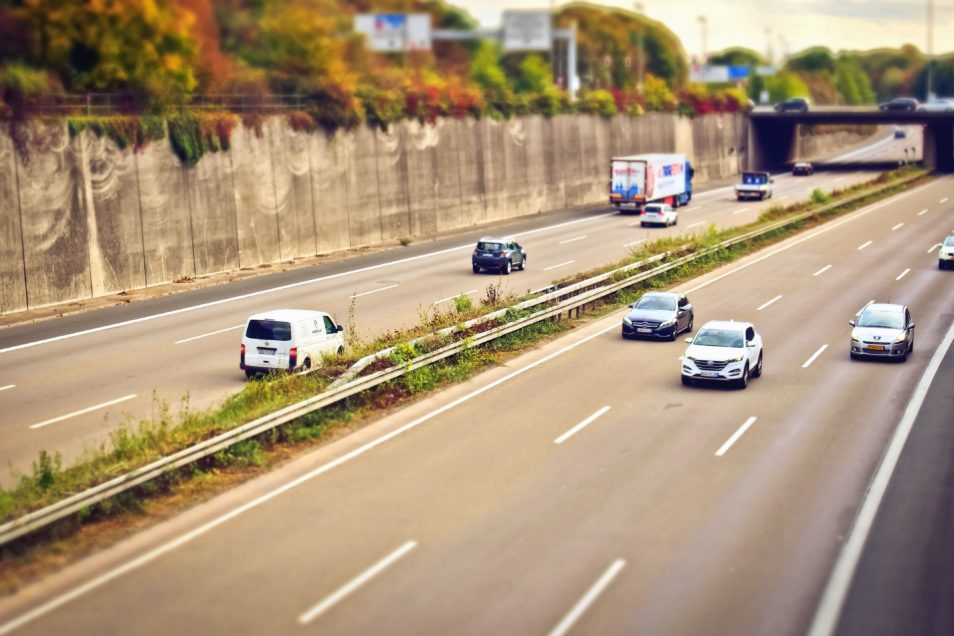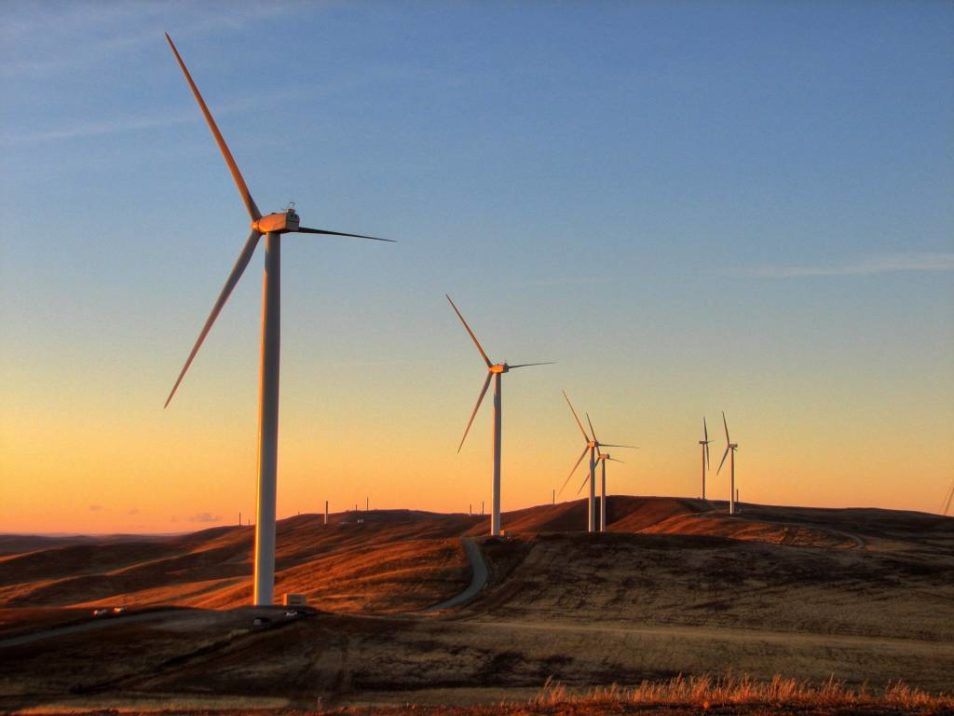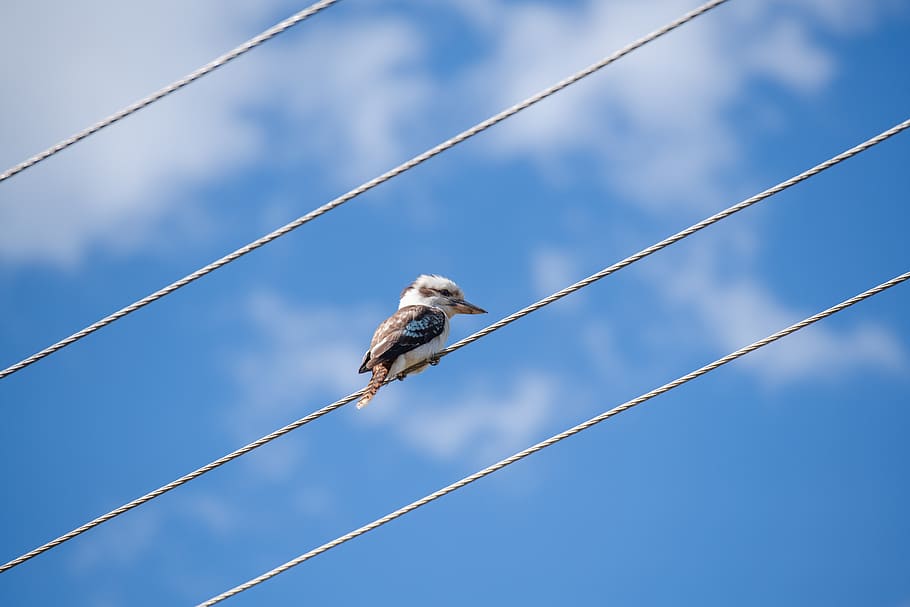
We’re using more energy at home because of COVID-19 lockdown. Image credit: Pexels
Watt a start to winter! Our work-from-home power bills might be shocking and this cold snap has us r-amp-ing up the heating. So, how has our energy use — and Australia’s share of renewables — changed since the beginning of COVID-19?
Are we using more or less electricity in lockdown?
As you might expect, we’re using more electricity in our homes since social distancing became a thing as we heat or cool our thrown-together home offices and running office equipment. We’re even spending nights at home alone, instead of venturing out to socialise.
On the whole, there has been a noticeable decline of energy demand in Australia since lockdown began. Commercial electricity use is down as shops, offices and factories are closed or under severe restrictions. Demand for petrol, diesel and aviation fuel has also plummeted as we’re all travelling less.
In most countries, the demand for electricity has declined by around 15 per cent. This is all due to COVID-19, according to the International Energy Agency.
We can take a closer look at Victoria’s change in electricity demand as they have smart meters installed in their homes. In March, there was a five per cent decrease in large business electricity demand, a decrease in small to medium enterprises of 12 per cent, and an increase in residential demand of five per cent.
Less energy use also means less carbon emissions. Our research has revealed COVID-19 has put the brakes on global emissions.

COVID-19 has put the brakes on carbon emissions around the world. Image credit: Pixnio
Boosting the share of renewable energy on the network
The demand for energy has dropped, but the amount of renewable energy in the network has stayed the same. This is because renewables have a lower operating cost of generation than other forms of technology. Renewables have lower running costs. Traditional fossil-based energy sources might be cheap, but wind and sunshine are free.
This means the percentage or share of renewable energy in our grid has jumped up since COVID-19. People have concerns about the percentage of renewable energy the grid can handle, at any given time, before it starts to stress the system. It’s the percentage that is important because renewables generate power in a different way to conventional generators.
This presents a problem for electricity grids, as many of the things we do to balance the grid are just that — a balance. Too much or too little renewable energy can cause big problems. So we need to understand what effect our actions will have.
There is good news
Dr John Ward, our Science Director of Grids and Energy Efficiency Systems explains. “Over the past few months, Australia has inadvertently run a big energy experiment. We’ve accidentally tested whether our grids can operate in a secure and reliable way with a much higher share of renewable energy in the network,” he said.
On Easter Saturday, renewables provided over 50 per cent of the power to the National Electricity Market states. That’s Queensland, New South Wales, Victoria, Tasmania and South Australia. This is the second time such a large share of energy has been renewable.
This is good news. “We’ve essentially stress-tested the grid for renewables. We can be confident, as demand peaks, the grid can handle a large share of renewable energy. This is something we thought would take years to test in Australia,” John said.

COVID-19 has shown the grid can handle a large share of renewable energy. Brown Hill Range wind turbines, South Australia. Image credit: David Clarke
A worldwide experiment in renewable energy
These accidental experiments are happening around the world. In Europe, the share of wind and solar reached unprecedented levels. In Italy — 63 per cent, Austria — 74 per cent and Belgium — 67 per cent.
Dr Fatih Birol of the International Energy Agency provides some insight. “The recent drop in electricity demand has fast forwarded some power systems 10 years into the future. Suddenly giving them levels of wind and solar power they wouldn’t have had otherwise without another decade of investment in renewables,” Dr Birol said.

Australia is looking to new technologies to transform our electricity grid. Image credit: pxfuel
Looking to the future
How Australia and the rest of the world vary their energy use for the remainder of 2020 will depend on many things. This includes the length and severity of the COVID-19 shutdown. But also, what nations do to stimulate their economies going forward. Our current experiment has shown our grid can cope with more renewables and dramatic changes in the way we use electricity. But there is much more in the pipeline.
Dr Christopher Munnings, our Senior Energy Research Scientist gives examples of new energy. “There are many new technologies coming into the grid this decade. This includes electric vehicles and hydrogen-producing electrolysers. It also includes home batteries, big batteries, virtual power stations and many more. These technologies all have the potential to completely change the biggest machine in the country – our electricity grid,” Christopher said.
These new technologies have the potential to sustain many of the benefits we’ve seen throughout the lockdown. Like cleaner air and lower carbon emissions. And that’s all while keeping the grid stable and bringing the price of electricity down. But it’s going to take a lot more work to make sure we get the most out of our new energy mix.
The future of our energy use in 2020 will depend on many things, including the length and severity of COVID-19 restrictions. And the long-term economic impacts of the pandemic. But one thing is for sure, the network can handle more renewable energy.


17th June 2020 at 4:39 pm
“The Planet of the Humans’ was frightening.in that sensible people imagine burning wood or other ‘renewable plant based products’ is going to improve the effect of power production on global warming.
So producing more and more of it from ‘plants’ you have grown [trees actually] removing their ability to use photosynthesis to remove carbon dioxide is a good thing.
Is it as big a problem in the US as they said in the program?
I have read about projects using sewage solids, and other rubbish which seems an excellent way of processing it. But growing trees to cut down and burn is not my idea of the way to move into the future.
15th June 2020 at 9:52 am
Installing more domestic batteries to existing solar as well as increasing domestic solar with battery capacity will reduce the load on electricity infrastructure and maintenance costs as well as reducing CO2 emissions from coal fired generation. South Australia is the only state I know of that subsidizes the installation of batteries on solar systems. More states should and we wouldn’t need new Power stations or at least less of them.
14th June 2020 at 9:46 pm
If network can handle more renewable energy, then why there is currently having frequency droop in the grid. There is called imbalance in the interconnection of the distributed generations in the grid. I think we should focus on the power stability mainly on transient stability disturbances that are causing by injecting surplus energy by the renewables( mainly solar and wind with no damping system).
12th June 2020 at 3:22 pm
It is not logical to argue that the percentage of renewables has increased. Renewables have not changed. Demand has decreased and logically, expensive baseloads have been cut back. But it does not prove or improve anything about what happens in normal conditions.